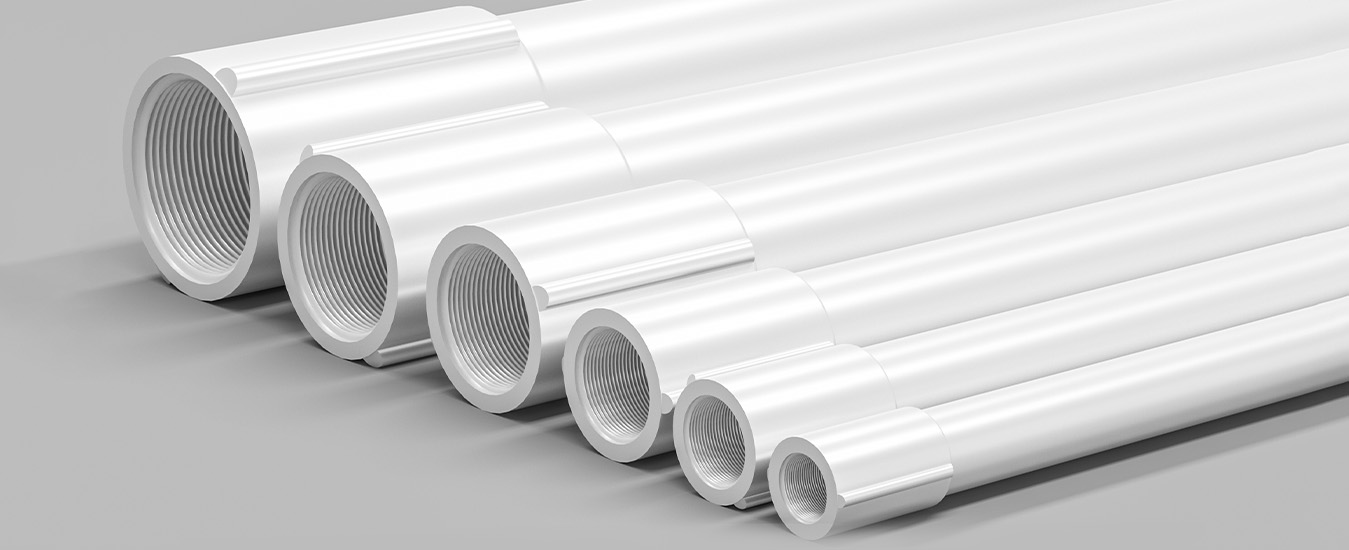
 |
 |
|

Industrial facilities depend on reliable piping to carry fluids, chemicals, and gases without leaks, failures, or safety issues. Modern materials have replaced metal pipes due to their superior durability, corrosion resistance, and ease of installation. One such innovation is GF Pipes, widely used across industries for their strength and reliability. This article introduces you to the structure, function, and advantages of GF piping solutions. Whether you manage a factory, supervise a build, or maintain mechanical systems, this guide will clarify why these pipes matter and how they support critical operations. Understanding GF PipesGF Pipes come from GF Piping Systems, a Swiss-based manufacturer known for advanced polymer piping solutions. These pipes do not rely on traditional metal construction. Instead, they use plastic materials engineered to withstand pressure, temperature, and chemical exposure. You will find GF Pipes in chemical plants, semiconductor factories, water treatment plants, and many other industrial sites. Their design reduces leaks and requires fewer repairs over time. In environments where cleanliness or chemical resistance is essential, these pipes outperform traditional materials. Key Benefits of GF Piping SystemsChoosing the right piping material can save time, lower maintenance, and increase plant uptime. GF Piping Systems offers several advantages that support these goals. Here’s what makes them stand out: 1. Corrosion Resistance
2. Low Maintenance
3. Easy Handling
4. Chemical Compatibility
Material Types in GF PipesGF Piping Systems offers a variety of pipe materials to suit different tasks. Each one handles temperature, pressure, and chemical exposure in a specific way.
Each pipe type fits certain systems better. Always match the material to your plant’s fluids and temperature range. Where GF Pipe Applications Excel?These pipes are effective in various sectors, but certain environments particularly benefit from their features. Below are the most common GF pipe applications: 1. Water Treatment Plants
2. Chemical Processing
3. Semiconductor Facilities
4. Food and Beverage Factories
Installation of GF PipesInstalling these systems involves precise preparation. However, they are easier and safer to install than traditional materials. During GF pipe installation, workers typically follow these steps:
Unlike metal systems, no welding or flame work is necessary. This makes GF piping safer to install, especially in chemical zones or closed environments. How GF Pipes Compare to Traditional Pipe Systems?Choosing GF piping means shifting away from steel or copper options. Here’s a comparison of how they perform: While metal has strength, GF Pipes offer long-term advantages in reliability and efficiency.
Fitting Options in GF Piping SystemsPipes alone do not complete a system. They need joints, elbows, valves, and adapters. These parts, known as industrial pipe fittings, allow turns, stops, and size changes. GF Piping Systems provides:
All fittings are suitable for the pipe material and meet strict sealing standards. This ensures fluid doesn’t leak, and flow remains steady. Using matched fittings also makes GF pipe installation simpler. Industrial Safety and GF PipingIndustrial safety depends on consistent system performance. A failure in chemical or high-pressure lines causes injury, contamination, or environmental harm. GF Pipes lower this risk. Their strength, leak resistance, and joint integrity help companies meet safety codes. Various industries utilise these pipes to comply with ISO, ANSI, or local regulations. By selecting materials tested in high-risk environments, companies safeguard their employees and the planet. Flexibility in System DesignThe modular nature of GF piping allows plants to design systems that change over time. When a factory adds a new tank or machine, workers can adjust the pipes with minimal downtime. Fittings and pipe sections move or expand without cutting metal or welding. This flexibility allows us to adapt to changing process demands. For engineers and plant managers, it means lower upgrade costs and smoother project planning. Training and Tools for InstallationEven though GF pipe installation feels simpler, workers still need proper training. Installers must know:
GF offers manuals, videos, and guides for each system type. Following these ensures long-term success and lowers repair rates. Environmental ImpactModern industries aim to lower their footprint. GF Piping Systems supports this through:
Some models even support green building certifications or circular economy goals. Using GF Pipes helps operations meet sustainability targets while reducing waste. When to Use Industrial Pipe Fittings with GF Pipes?Some systems require complex layouts. For instance, when moving fluid across several floors or bypassing a heat source, pipe bends and direction changes become critical. This is where industrial pipe fittings play a role. Fittings allow:
Correct fitting selection avoids pressure drops or joint stress. Always match fittings to pipe type, pressure class, and chemical exposure. Final ThoughtsA reliable piping system serves as the backbone of any facility. When performance, safety, and flexibility matter, kyoto offers a modern answer. They address long-standing issues found in metal systems, offering benefits in handling, maintenance, and durability. Whether upgrading a plant or planning new infrastructure, consider GF Piping Systems for their reliability and range. By matching pipes, fittings, and layout to your environment, you gain more than a fluid route — you gain confidence in every connection. From GF pipe applications in clean rooms to process-heavy zones, and from basic supply lines to chemical delivery, the system stands strong. With the right approach to GF pipe installation and system design, your plant stays ready, safe, and efficient for years to come. |
|